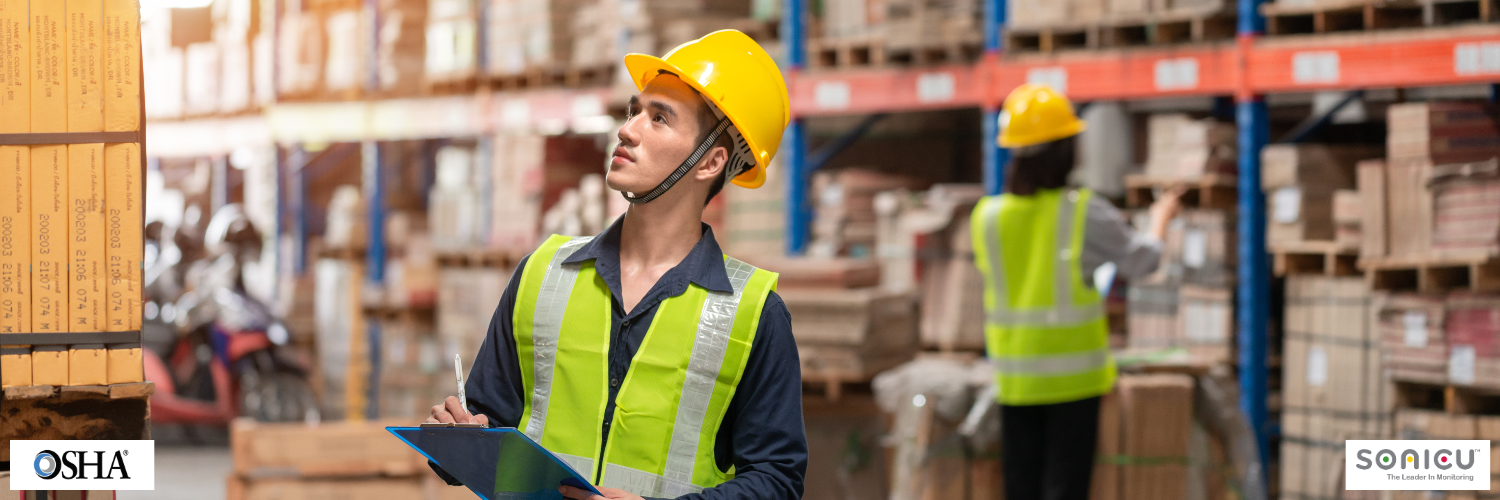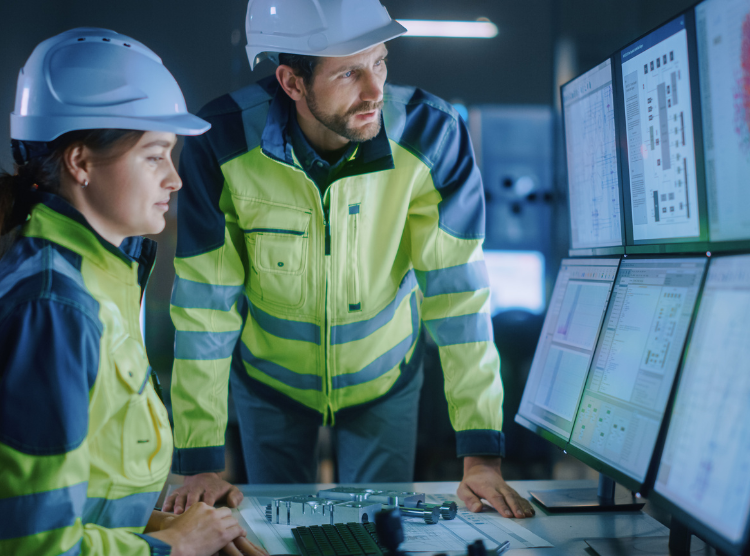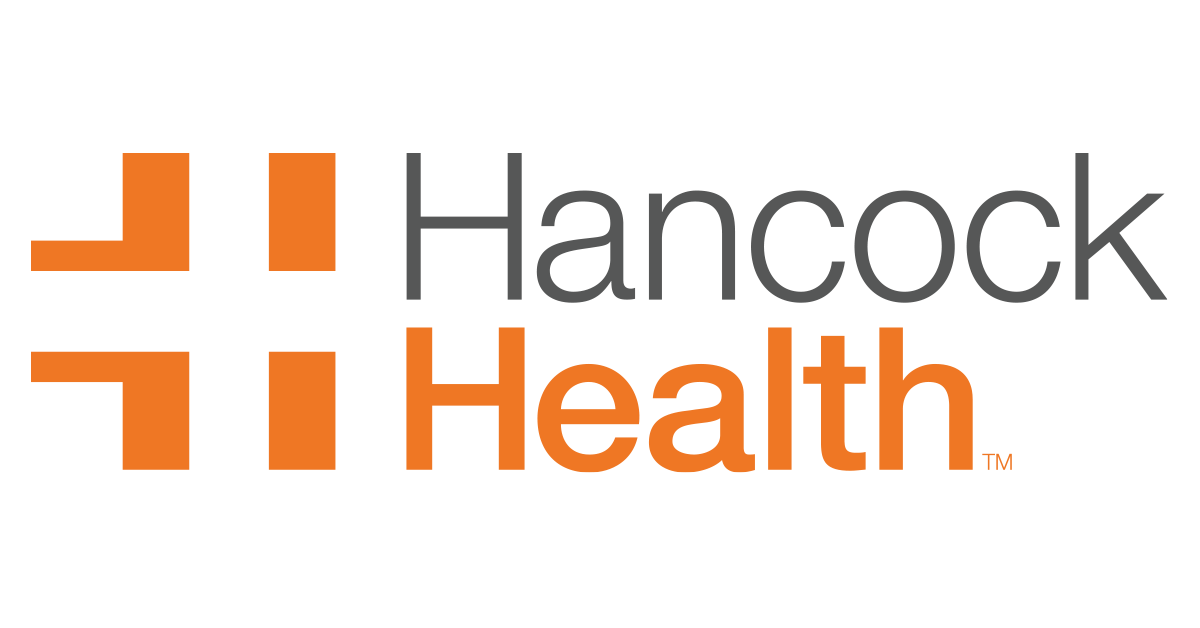
Healthcare Monitoring
Overview of Sonicu's cloud-based platform for real-time environmental monitoring.
Designed with safety, efficiency and compliance always top of mind, we’ve evolved over a decade with continuous improvements from customer feedback. Serving the healthcare, research and food service industries.
Sonicu offers a comprehensive suite of monitoring solutions
that help organizations safeguard assets, automate compliance and reduce manual processes.
Sonicu offers a comprehensive suite of monitoring solutions
that help organizations safeguard assets, automate compliance and reduce manual processes.
From protecting vaccines and research materials to safeguarding food service and facility operations, Sonicu’s monitoring applications cover temperature, humidity, pressure, and more. Whether you’re in healthcare, life sciences, food safety, or other industries, Sonicu provides visibility, compliance, and peace of mind across all your critical applications.

Understanding Heat Stress and OSHA Regulations: How to Protect Your Employees and Ensure Compliance
Sonicu’s SMART IoT platform unifies sensor data across your entire enterprise—no matter the application. From temperature and humidity to air pressure, differential pressure, and more, you can monitor it all in one simple, scalable solution. Need a specific sensor we don’t offer? Our platform connects with thousands of commercially available options.


.png?width=95&height=95&name=image%20(9).png)




SoniCloud is an Intelligent Platform with cloud API, the ability to integrate with your existing local control systems as well as 3rd-party sensors, local equipment, and of course, Sonicu sensors. Centralize control of data from 3rd-party equipment and software systems to simplify alarm management and compliance programs. Enable real-time visibility to the information needed to efficiently run your operation and achieve your KPIs.

Real-Time Light Monitoring for Research and Safety
Sonicu’s wireless light sensors help protect sensitive environments by ensuring consistent lighting conditions critical to animal research, lab integrity, and personnel safety. Receive instant alerts when light levels fall outside set thresholds, so you can respond before research or safety is compromised.



Track and record real-time current levels in hospitals, data centers, and industrial facilities. Sonicu’s real-time alerts and web-based reports and dashboards can help you prevent downtime, improve energy efficiency, and better identify equipment issues across your operation. Monitor your electrical systems with Sonicu to help improve safety and efficiency.



Protect your most valuable assets with smart alarming that escalates until resolved. Detect excursions early and prevent costly losses across all monitored units.
Sonicu helps you avoid costly failures by combining real-time data collection with intelligent alarm workflows. Whether you're protecting vaccines, food, reagents, or raw materials, Sonicu ensures critical conditions are addressed quickly and effectively.
✓ Tiered alarms that escalate until resolved
✓ Snooze functionality with automatic reminders
✓ Notification schedules that match staff workflows
Eliminate manual logs and generate audit-ready reports that meet the standards of the FDA, VFC, USP, FSMA, and more.
Sonicu simplifies your compliance burden with digital tools designed to keep you inspection-ready at all times. Whether you're governed by FDA, CDC, USP, or Joint Commission, our platform generates audit-ready reports and logs corrective actions with digital precision.
✓ Auto-generated reports in PDF and CSV formats
✓ SNAP Calibration keeps sensors NIST compliant
✓ Built-in corrective action logs with e-signatures
.png?width=1075&height=545&name=Compliance%20Trust%20Bar%20with%20Devices%20(1).png)
Streamline your processes and reduce labor with automated logging, alerts, and enterprise-wide visibility.
Manual logging and disconnected tools waste time and create risk. Sonicu replaces them with web-based real-time dashboards, native mobile apps, and easy-to-use setup tools to give your team more time to focus on what matters most. All aspects of Sonicu’s monitoring and compliance solutions help you do more, and reduce risk, with less time.
✓ Paperless logs updated in real time
✓ Enterprise dashboard unifies all locations
✓ Automatic alerts reduce administrative overhead

Sonicu+ Professional Services Saves Time, Reduces Hassle, and Ensures Peak Performance of your Monitoring System
From design and installation through full lifecycle management, Sonicu+ expert on-site services maximize the value of your monitoring investment. Service packages can include White Glove installation, IQ/OQ validation, preventative maintenance, compliance services, and more, to enhance your experience and the reliability of your monitoring solutions.
✓ Full-service personalized maintenance plans with on-site support
✓ Compliance services to help enhance audit-readiness
✓ IQ/OQ validation and install support available

.png?width=1075&height=545&name=Compliance%20Trust%20Bar%20with%20Devices%20(1).png)


Healthcare facilities face staffing shortages, reimbursement challenges, and rising compliance demands. Maintaining the Joint Commission standards must be as easy and efficient as possible. Sonicu simplifies your path to compliance and accreditation with automated environmental monitoring, real-time alerts, and audit-ready reporting delivered to your inbox.

Meeting CDC VFC program requirements doesn’t have to be complicated or time-consuming, especially when your time and resources are limited. Sonicu delivers a simple, proven solution to protect vaccine integrity and satisfy state reporting standards without adding to your team’s workload.
Sterile compounding and hazardous drug handling come with strict environmental control requirements. With a full suite of sensors and compliance-ready reports, Sonicu makes it easy to meet USP requirements for temperature, humidity, differential pressure, and cold storage while keeping your staff safe and inspectors satisfied.
.png?width=80&height=80&name=FDA%20Logo%20(2).png)
From 21 CFR Part 11 to audit trails and IQ/OQ validation, Sonicu simplifies FDA compliance. Our platform, designed from the ground up to meet FDA manufacturing requirements, includes security across solutions. Sonicu combines AWS cloud hosting, validated software, and e-signature support to meet electronic recordkeeping and data integrity requirements in regulated manufacturing environments.

Every food service operation and kitchen needs a HACCP plan, but relying on clipboards and manual logs puts your compliance and reputation at risk. Sonicu makes it easy to automate your critical control point monitoring with wireless temperature sensors and cloud-based corrective action logs.

As OSHA expands enforcement around heat stress, Sonicu helps you stay ahead of workplace safety compliance. Our wireless sensors track temperature, humidity, and calculate heat index automatically, helping you identify and respond to dangerous conditions before they impact your team.

Sonicu’s compliance automation solutions simplify the complexities of regulatory adherence for healthcare facilities. Our sensors and platform meet the rigorous standards of organizations like the Joint Commission, CDC, FDA, and VFC

Ensure patient safety and regulatory compliance with confidence. Sonicu provides reliable, 24/7 monitoring for vaccines, labs, blood banks, and cleanroom environments, helping you protect patients and maintain critical standards.
Provide automated environmental monitoring that supports a wide range of pharmacy types. Sonicu streamlines regulatory compliance, protects high-value medications, and reduces operational risk. From continuous temperature, humidity, and pressure monitoring, our platform gives you the tools to simplify compliance for USP, BoP, CDC, and more.
Protect food safety at every stage. From manufacturing to distribution and commercial kitchens, Sonicu helps protect food safety at every stage. Our real-time temperature monitoring, smart alerts, and automated digital logs support compliance with HACCP and FDA regulations, ensuring your food stays safe, your operation runs smoothly, and you're always inspection-ready.




















Our policy is to check temperatures on all our fridges and freezers twice a day. With small outlying clinics that aren’t staffed seven days a week, we’d come in Monday morning, hoping the temperatures held steady over the weekend. We needed visibility on the fridges, especially after the loss we just suffered.










When we put the numbers in front of our leadership and showed them how much time we were going to save with a remote system and automated monitoring versus the time we used to spend managing the system, it was a no-brainer, and we pulled the trigger right away.



